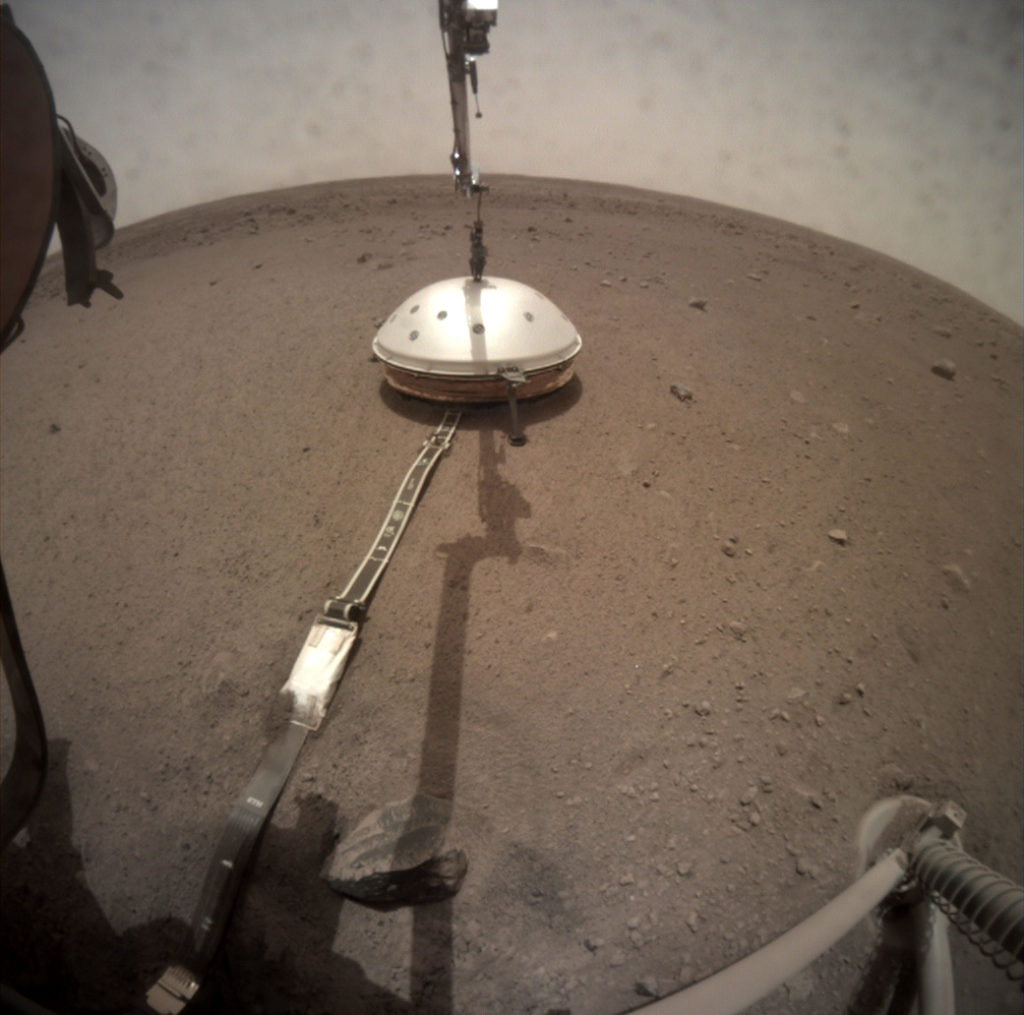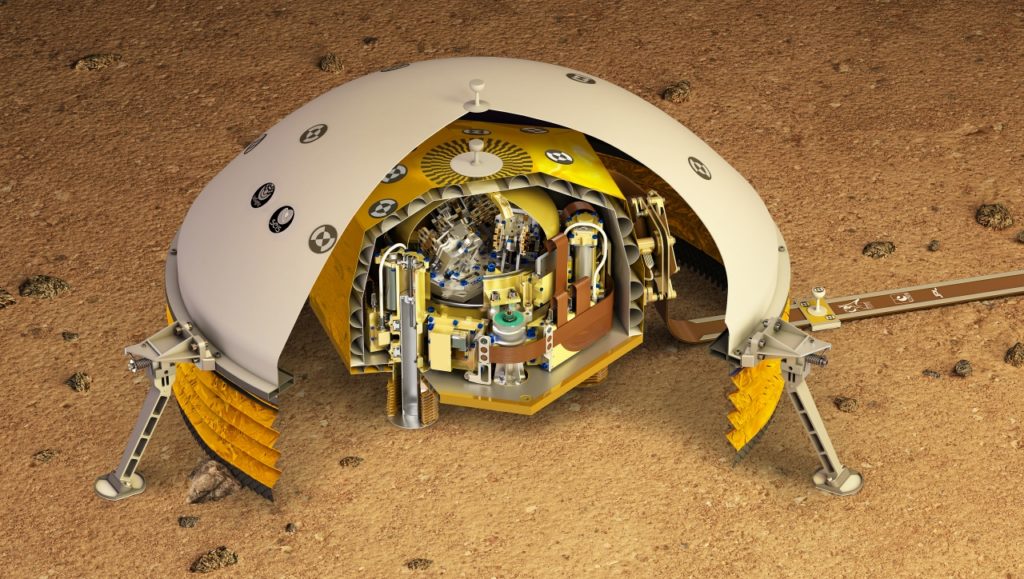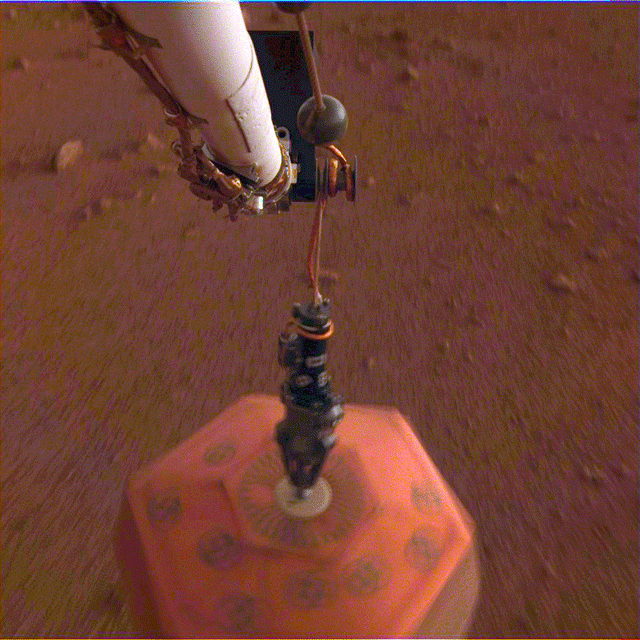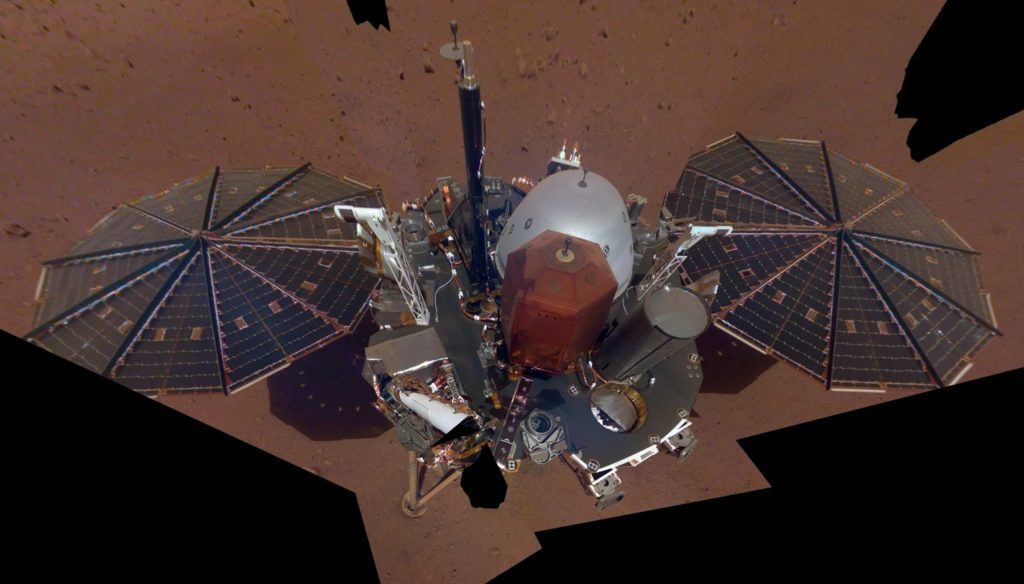RocketSTEM – 4 February 2019
CAPE CANAVERAL,
FL – NASA’s InSight lander has deployed the
protective shield covering the Marsquake detecting seismometer instrument
placed onto the Red Planet’s surface in mid-December.
Since then the
science and engineering team has been carefully making adjustments to the positioning of
the SEIS seismometer on the surface to optimize its data collection.
The covering is called
the ‘Wind and Thermal Shield’ and was placed over SEIS this past
weekend on Saturday Feb. 2, 2019 (Sol 66).
The shield protects the supersensitive SEIS instrument
from passing winds and temperature fluctuation which could cause excessive
noise and ruin the science data gathering measurements.
The landers robotic arm was initially maneuvered
to deploy SEIS to the surface on Dec. 19. On Saturday, the arm was again put in
motion to place the ‘Wind and
Thermal Shield’ over SEIS.
“Now it’s reached another milestone by placing a domed shield over
the seismometer to help the instrument collect accurate data,” NASA announced
in a statement today, Feb 4.
“The seismometer will give scientists their first look at the deep
interior of the Red Planet, helping them understand how it and other rocky
planets are formed.”
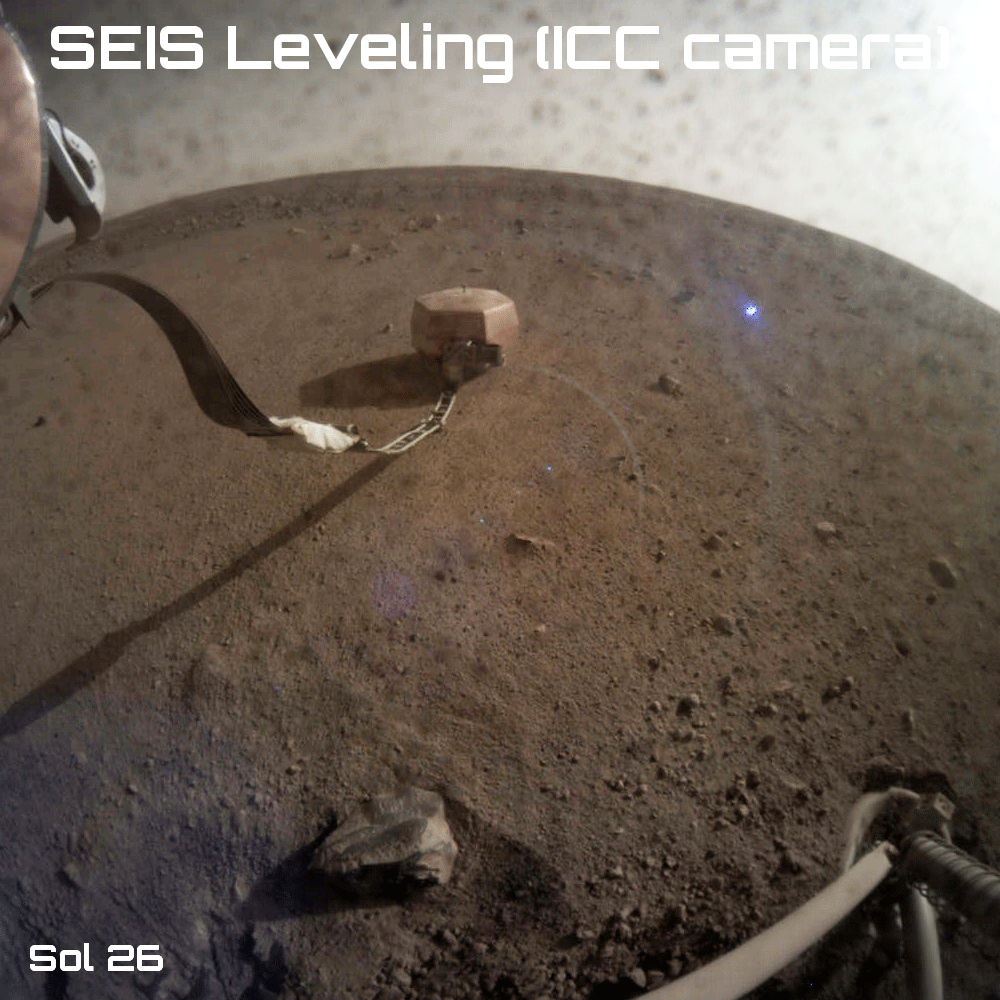 |
|
SEIS leveling and
lowering to the surface of the Red Planet. Credit: NASA |
SEIS is the first seismometer ever placed on the surface of
another planet and will be used to measure seismic waves caused by marsquakes,
meteorite strikes and other phenomena on Mars.
“Temperature is one of our biggest bugaboos,” said
InSight Principal Investigator Bruce Banerdt of NASA’s Jet Propulsion
Laboratory in Pasadena, California, in a statement. JPL leads the InSight
mission and built the Wind and Thermal Shield.
“Think of the shield as putting a cozy over your food on a
table. It keeps SEIS from warming up too much during the day or cooling off too
much at night. In general, we want to keep the temperature as steady as
possible.”
Before
deploying the shield SEIS has been leveling and lowering itself closer to the
ground.
InSight touched down softly on the Red Planet just
two months ago days after Thanksgiving on Nov. 26, 2018 as programmed inside
the 81-mile-long (130-kilometer-long) targeted landing ellipse on the plains of ‘Elysium Planitia.’
SEIS is the first of two deck
mounted science instruments that will be deployed to the Red Planet’s surface over
the next few months.
The next step is to
deploy the heat flow probe, called the Heat Flow and
Physical Properties Package (HP3), onto the Martian surface. NASA
says that could happen as early as next week.
InSight soft landed on Mars just over two
months ago on Nov 26, 2018, following a 7 month, 301 million mile (484 million
km) interplanetary journey from Earth. She now starts a 2-year mission to
explore the Red Planet’s mysterious deep interior.
InSight
in an international science mission. Loaded aboard are the two primary science
instruments provided by European partners from France and Germany: The SEIS
seismometer and HP3 heat flow
measuring instrument.
The
SEIS seismometer instrument is equipped with a trio of incredibly precise seismometers
to detect marsquakes and was provided by the Centre National d’Études Spatiales
(CNES) – the French national space agency equivalent to NASA.
The
other instrument measuring heat flow from the Martian interior is provided by
the German Aerospace Center (DLR) and is named Heat Flow and Physical Properties
Package (HP3).
The HP3
hammering mole will pound about 5 meters (16 feet) deep into Mars pulling
the science heat flow cable tether along to make heat flow and temperature measurements. It will pause multiple times along the way down
to make detailed measurements at different depths of heat flow from the planets
core.
Watch for Ken’s continuing
onsite coverage of NASA, SpaceX, ULA, Boeing, Lockheed Martin, Northrop Grumman
and more space and mission reports direct from the Kennedy Space Center, Cape
Canaveral Air Force Station, Florida and Wallops Flight Facility, Virginia.
Stay tuned here for Ken’s continuing Earth and Planetary science
and human spaceflight news: www.kenkremer.com –www.spaceupclose.com – twitter
@ken_kremer – email: ken at kenkremer.com
Dr. Kremer is a research scientist,
journalist and photographer based in the KSC area.
Ken’s photos are for sale and he is available for lectures and outreach events


